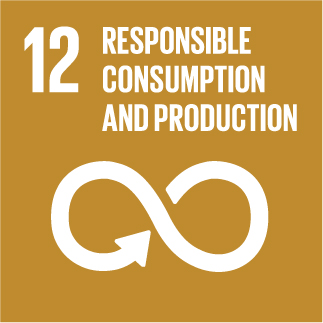Integrated manufacturing of REciclable multi-material COmposites for the TRANSport sector
Fluorene- and arylamine-based photo-crosslinkable hole transporting polymer for solution-processed perovskite and organic light-emitting diodes
Solution-processable techniques, including spin-coating, roll-to-roll printing, and ink-jet printing, are suitable for large-scale manufacturing and flexible displays owing to their cost-effective and simple fabrication. These techniques are widely used in the fabrication of perovskite light-emitting diodes (PeLEDs) and organic light-emitting diodes (OLEDs). However, the energy level modulation between different functional layers, thickness control of the deposited layer, and interlayer mixing between the deposited and subsequent layers may affect the LED performance due to the poor solvent resistance of the deposited layer. Herein, we designed a novel poly[4,4'-(2-(4-((4-hexylphenyl)(phenyl)amino)phenyl)-9H-fluorene-9,9-diyl)bis(N,N-bis(4-butylphenyl)aniline)] (PFTPA-biTPA) as a hole transport layer (HTL) to modulate the hole injection. Subsequently, we introduced the bis(4-azido-2,3,5,6-tetrafluorobenzoate) (FPA) as a photo-crosslinker into the PFTPA-biTPA to prepare the photo-crosslinked HTL for both PeLED and OLED that inhibit attack from the processing solution and suppress the interlayer mixing between the deposited and subsequent layers. Both PeLEDs and OLEDs with photo-crosslinked PFTPA-biTPA exhibited maximum luminance of 175 and 4260 cd/m2 and maximum external quantum efficiency (EQE) of 4.16 and 10.86%, respectively, thus indicating superior properties to those without and with PFTPA-biTPA as the HTLs. Moreover, the photo-crosslinked PFTPA-biTPA showed significantly improved device stability compared to the reference devices having non-photo-crosslinked HTLs in PeLEDs.
Graphical abstractSchematic illustration of crosslinked hole transport polymer with enhanced hole transport and solvent resistance

» Reference: 10.1007/s13233-023-00151-8
» Publication Date: 27/03/2023

This project has received funding from the European Union's Horizon 2020 research and innovation programme under grant agreement Nº 768737


